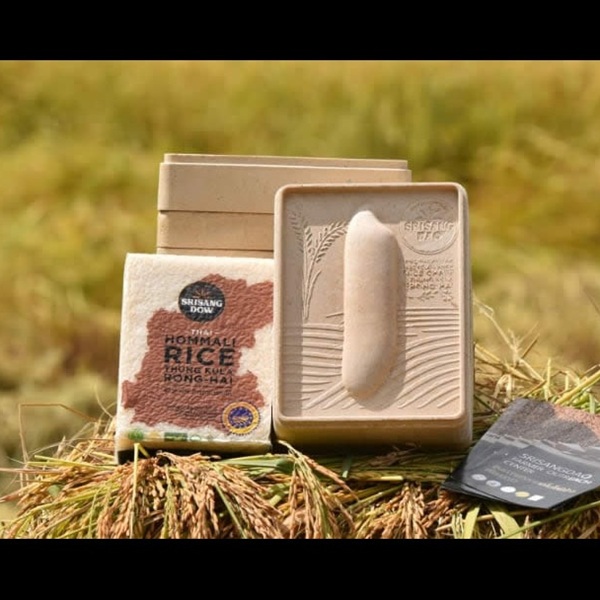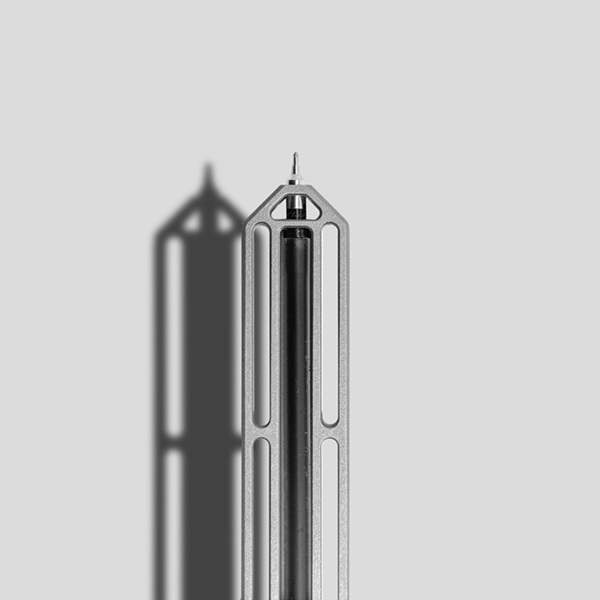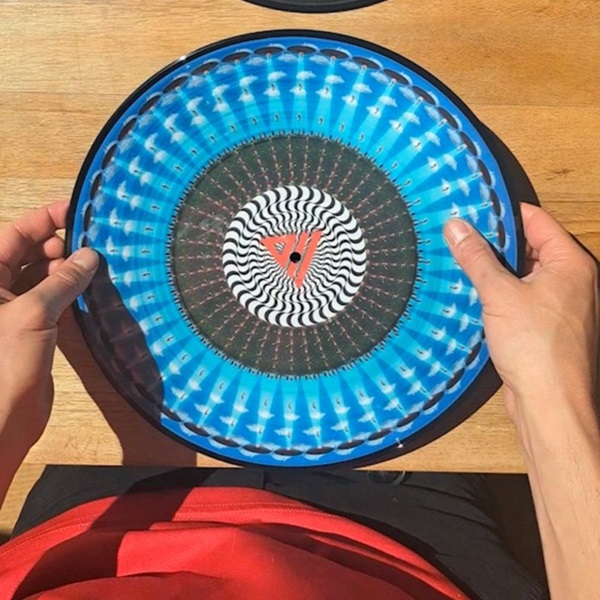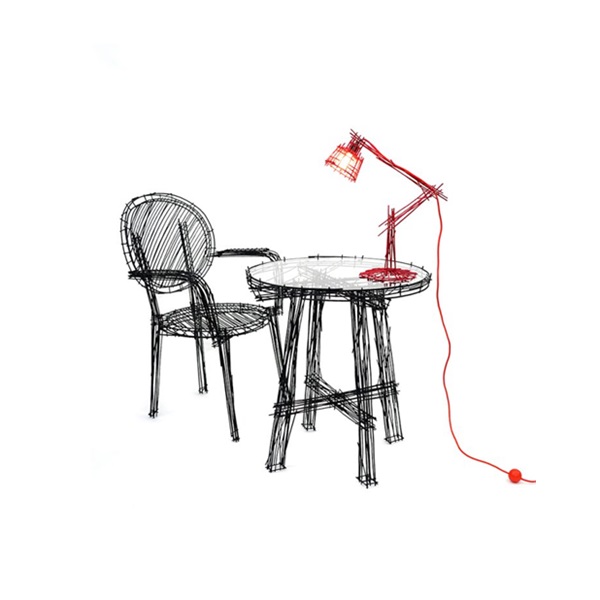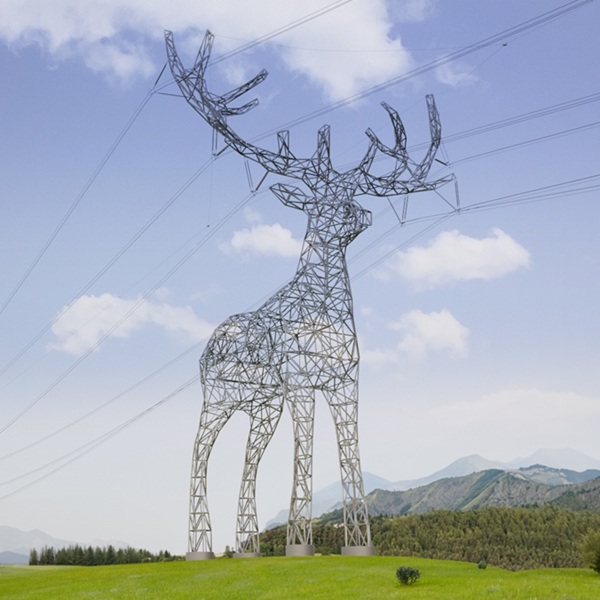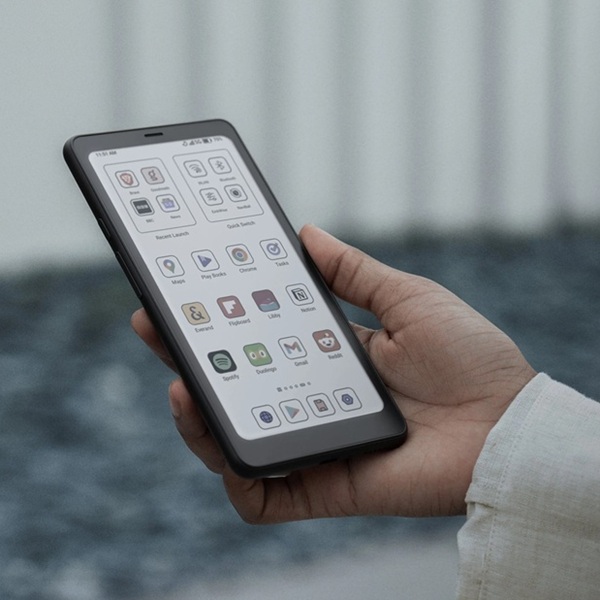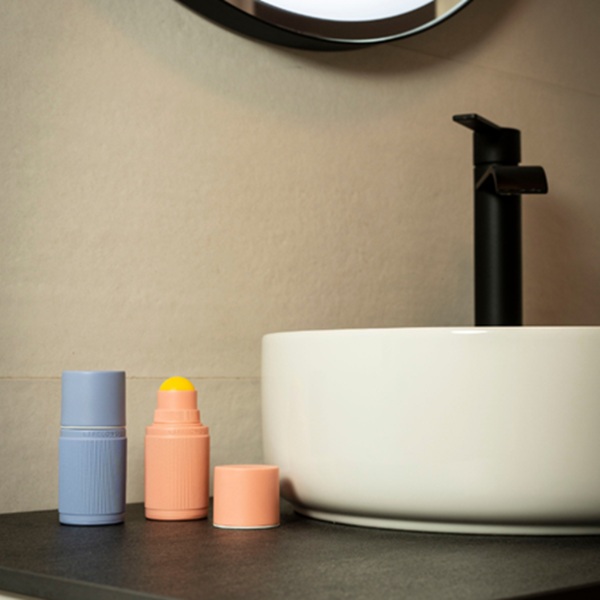
When you are in the wilderness, securing a reliable source of safe drinking water is a top priority for survival. Because consuming contaminated water can lead to severe health issues like dehydration, infections, or even life-threatening diseases. Therefore, it is crucial to understand the basics of water safety. In short, it is of utmost importance to learn how to find drinkable water in the wild so that you can ensure your safety and stay hydrated while exploring the great outdoors.

Is It Safe to Drink Fresh Water in the Wild?
When learning how to find drinkable water in the wild, it is essential to know that not all fresh water is safe to drink. While streams, rivers, and lakes may appear clean, they can harbor harmful microorganisms such as bacteria, viruses, and parasites. These contaminations can cause severe illnesses like giardia, dysentery, or cholera, especially in stagnant water or sources near animal activity.
To determine if water is drinkable, you can prioritize flowing sources like streams or springs, as they are less likely to contain harmful organisms. However, there are ways to finding water in the wilderness or purify water by boiling or filtering.
Always remember that developing the skill of how to find drinkable water in the wild is not only practical but can also save your life in challenging outdoor situations.

10 Ways to Find Drinkable Water in the Wilderness
Finding clean water in the wilderness can feel overwhelming if you have not experienced this challenge before. But knowing how to find drinkable water in the wild is a crucial skill. Without a guide, the options can seem endless and risky. But do not worry; we will help you find clean water in the outdoors.

Look for Flowing Water Sources
Flowing water, such as streams, rivers, or creeks, is generally safer than stagnant water because the movement prevents bacteria and algae from thriving. If you would like to know where to find clean water, you can head to higher elevations or valleys where streams are more likely to be found. Lastly, you should always inspect the water’s clarity and avoid sources with an unusual smell, discoloration, or signs of contamination like animal waste.
Collect Morning Dew
Morning dew can be an excellent water source, especially in dry areas. Use a clean cloth or plastic bag to wipe dew from grass, leaves, or rocks. Squeeze the collected moisture into a container. While it is relatively clean, boiling or filtering is still advisable to ensure safety.
Follow Animal Tracks
Animals instinctively know where water is. So, to find clean water, you can look for trails or tracks leading downhill, as they often guide you to a water source. Birds flying in groups at dawn or dusk may also indicate the presence of water nearby.
Search for Greenery
Vegetation thrives where water is present. Dense greenery, like reeds or cattails, often grows near water sources. Digging into damp soil around these plants can sometimes yield small pools of water, which you can collect and purify.
Use Rainwater
Rainwater is one of the safest options in the wild. To collect rainwater, you can set up a collection system using a tarp, poncho, or even large leaves to gather rainwater. Store it in clean containers, and if it’s not fresh, boil or filter it to eliminate any potential contaminants.
Harvest Water from Plants
Certain plants, such as bamboo or vines, store drinkable water. Cut a section of bamboo or vine and allow the water to drip out. Always verify the plant’s safety before consumption, as some plants contain toxic liquids.
Locate Natural Springs
Springs are among the cleanest natural water sources. Look for places where water emerges from the ground, often at the base of hills or mountains. While spring water is usually clean, it’s still a good practice to filter or boil it for added safety.
Dig for Groundwater
If surface water is unavailable, dig into sandy or damp soil near dry stream beds or low-lying areas. Groundwater may pool in the hole after some time. Allow sediment to settle, then collect the water and purify it before drinking.
Catch Condensation with Solar Stills
A solar still can be a lifesaver in arid environments. Dig a hole, place a container in the center, and cover it with plastic. Weigh down the center with a rock to create a slope. As the sun heats the ground, moisture will evaporate, condense on the plastic, and drip into the container.
Melt Snow or Ice
If you camp in the winter, you can utilize snow or ice so that you can have drinkable water in the wild. You can collect clean snow or ice and melt it over a fire or with body heat. But you should avoid eating snow directly, as it can lower your body temperature and lead to dehydration. Therefore, you should always purify melted water if possible.
How Do You Purify Water in the Wilderness?
After finding water in the wild, purification is the next crucial step to ensure it is safe to drink. Even seemingly clean water may contain harmful bacteria, viruses, parasites, or chemical contaminations that can cause serious health problems.
To make sure you find water in the wilderness, we prepared a guide so that you can purify your water.

Boil the water.
Boiling is the simplest and most effective method to kill pathogens. Bring the water to a rolling boil for at least one minute (or three minutes at higher altitudes). Let it cool before drinking. Boiling doesn’t remove chemical pollutants, so choose your water source carefully.
Use water filters.
Portable water filters are a convenient option for outdoor adventurers. These devices remove bacteria, protozoa, and some viruses. Follow the manufacturer’s instructions and regularly clean or replace the filter for optimal performance.
Purification tablets or drops
Chemical treatments, like iodine or chlorine tablets, kill most pathogens within 30 minutes. They’re lightweight and easy to carry, making them a popular choice. Be sure to read dosage instructions and use in clear water for best results.
Make a DIY sand and charcoal filter.
If you lack modern tools, create a filter using layers of sand, charcoal, and cloth. Pour water through the layers to remove debris and some impurities. Always follow this step with boiling or chemical treatment.
Use UV light purifiers.
UV purifiers are battery-powered devices that neutralize pathogens using ultraviolet light. Submerge the device in the water and stir as instructed. It’s a fast and highly effective solution but requires working batteries.
Strain water through cloth.
For water with visible debris, use a clean cloth or bandana to strain out particles. While this doesn’t remove microorganisms, it’s a useful pre-treatment step before boiling or filtering.
Rely on sunlight for solar disinfection.
In sunny regions, fill a clear plastic bottle with water and leave it in direct sunlight for at least six hours. UV rays from the sun kill bacteria and viruses, though this method is less effective for cloudy water or cold conditions.


